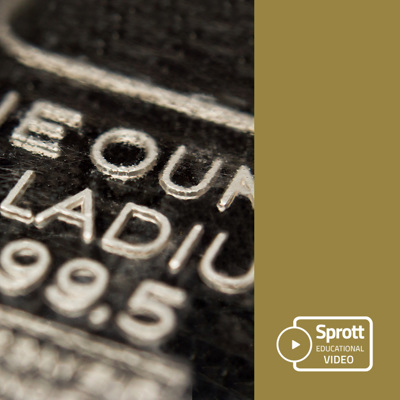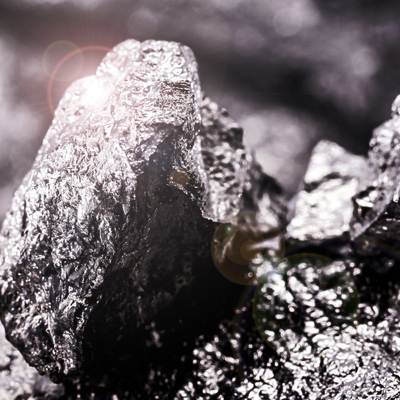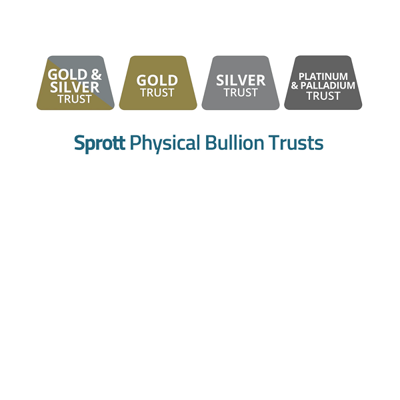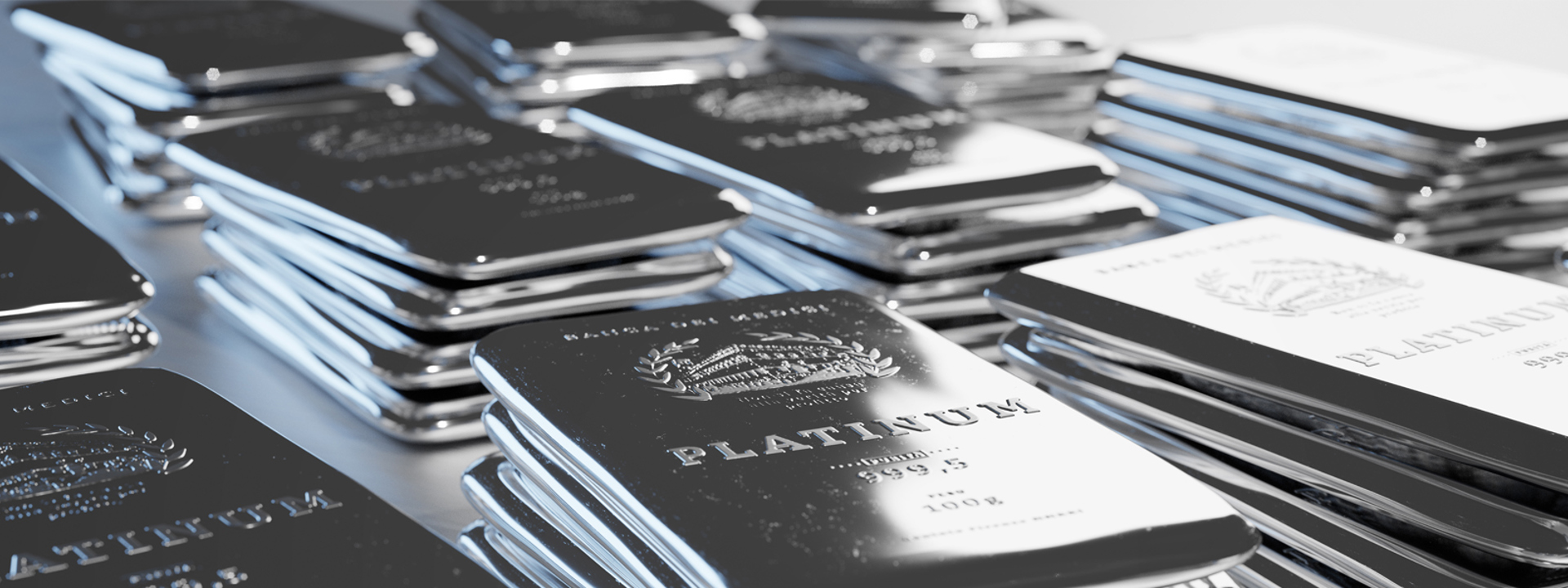Education
Platinum and Palladium Education Center
The supply-demand dynamics for platinum and palladium are intertwined, as these metals are often co-byproducts in the same mining location.
Featured

Palladium: The King of Catalysts
As one of the key platinum group metals, palladium is a highly prized commodity.
It commands more monetary value than gold and is 30 times as rare, with industrial demand outstripping supply for the last decade.
Latest Resources

Video – Platinum: The Rarest Precious Metal
Platinum is a metal that represents power and prestige. Platinum is a key element in catalytic converters for vehicles, as a catalyst in the chemical industry and even in the creation of life saving anti-cancer drugs.

Podcast – Platinum and Palladium Explained
Ed Coyne and Shree Kargutkar provide an update on the PGM group metals: platinum and palladium. They cover supply-demand dynamics, geopolitical challenges for miners and platinum's role in fuel cell electric vehicles (FCEVs).

Report – Palladium: An Introduction for Platinum and Palladium Investors
The dominant use of palladium today is in catalytic converters used to control emissions from gasoline and diesel internal combustion engines in passenger and light-duty commercial vehicles.

Video - Sprott Trusts in Two Minutes
Learn how owning precious metals can be valuable component of a well structured wealth management strategy.
More on Pt and Pd
-
Special Report
Metals Post Strong Returns in 2025
-
Webcast Replay
Navigating Gold’s Next Chapter: A Conversation with John Hathaway and Justin Tolman
-
Interview
Platinum and Palladium Are on the Move
-
Special Report
Platinum Is on Track for a Status Upgrade
-
Sprott Webcast Replay
Investing in Critical Materials: A Diversified Approach to a Long-Term Opportunity
-
Sprott Webcast Replay
Investing in Critical Materials: A Diversified Approach to a Long-Term Opportunity
-
Educational Video
Palladium: The King of Catalysts
-
Educational Video
Platinum: The Rarest Precious Metal
-
Special Report
The Platinum Opportunity - Part 2
-
Special Report
The Platinum Opportunity - Part 1

"The supply of both platinum and palladium is rather steady, with both amounting to approximately 250-280 tonnes every year. While most platinum (~90%) is produced in the South African region (including Zimbabwe), a large supply of palladium comes from Russia (29%) and South Africa (27%) and is generally mined as a by-product of nickel mines in Russia and platinum mines in South Africa.”
Shree Kargutkar, CFA
Managing Director, Sprott Inc.; Senior Portfolio Manager, Sprott Asset Management, LP
Investment Risks and Important Disclosure
Relative to other sectors, precious metals and natural resources investments have higher headline risk and are more sensitive to changes in economic data, political or regulatory events, and underlying commodity price fluctuations. Risks related to extraction, storage and liquidity should also be considered.
Gold and precious metals are referred to with terms of art like "store of value," "safe haven" and "safe asset." These terms should not be construed to guarantee any form of investment safety. While “safe” assets like gold, Treasuries, money market funds and cash generally do not carry a high risk of loss relative to other asset classes, any asset may lose value, which may involve the complete loss of invested principal.
Past performance is no guarantee of future results. You cannot invest directly in an index. Investments, commentary and opinions are unique and may not be reflective of any other Sprott entity or affiliate. Forward-looking language should not be construed as predictive. While third-party sources are believed to be reliable, Sprott makes no guarantee as to their accuracy or timeliness. This information does not constitute an offer or solicitation and may not be relied upon or considered to be the rendering of tax, legal, accounting or professional advice.
